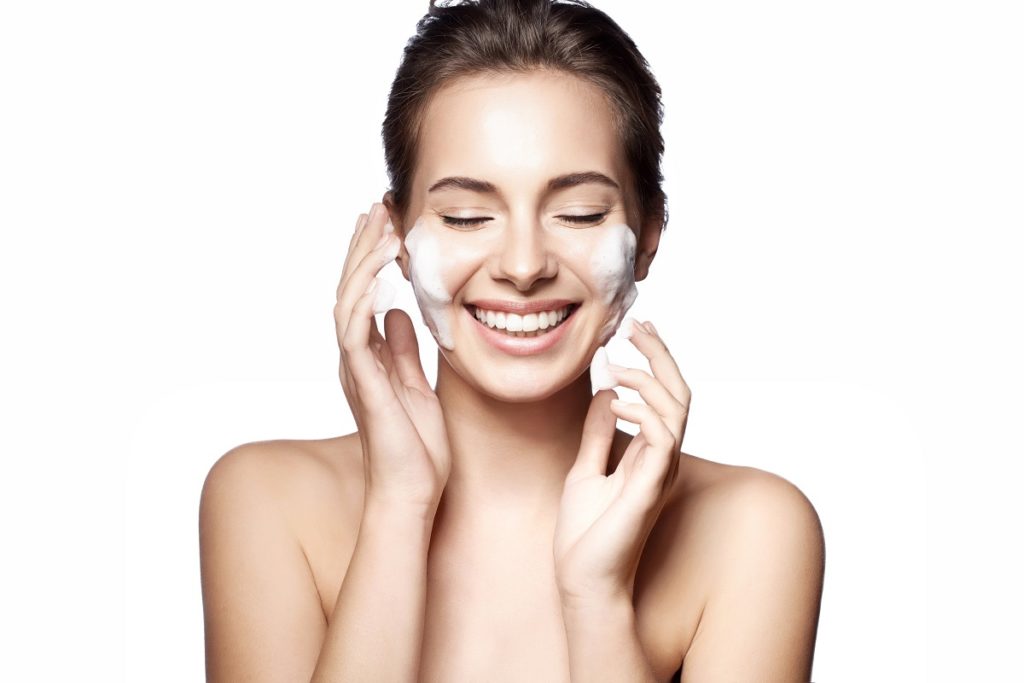As we reach the age of puberty, we commonly encounter pimples, which can be dreadful, especially if they multiply and become acne. This skin condition doesn’t only cause pain and discomfort; it also tramples our self-confidence, especially because as teens, we are very conscious about their appearance.
Breakouts are generally expected to disappear as you enter adulthood, but unfortunately, adult acne is also a possibility and it is common among females. According to the American Academy of Dermatology, up to 15% of adult women are battling with acne.
There are differences between teen and adult skin, meaning your skincare options also vary. Mild acne problems can be treated by over-the-counter products, while severe ones should be tended by experienced estheticians in Utah and other states.
Teen Skin vs. Adult Skin Structure
During childhood, the outermost layer of our skin shed and renew itself often.The shedding will occur less as we reach our teens, rendering our skin tougher and more resilient. Teenage skin is also rich in collagen, which makes it full and firm. In adulthood, our skin become thinner and less abundant in collagen, hence the appearance of wrinkles and sags.

Acne Causes Teens vs. Adults
There are a number of similarities in the causes of acne in both teens and adults. The leading cause is hormonal changes; at the age of puberty, our androgen levels tend to increase, causing our oil glands to be overactive and produce excessive oil or sebum, which can block our hair follicles and pores. When the blocked pores become infected or inflamed, a pimple will grow on the area. A bacteria called “propionibacterium acnes” can also develop from too much sebum, and if its grows in the blocked pore, a pustule may appear, which is a red and inflamed pimple containing pus.
In female adults, hormonal changes may occur from menstrual periods, pregnancy and postpartum, breastfeeding, and taking birth control pills. In any gender and age, the growth of acne may also result from cosmetics, hair products, contact with clothing, sweat, humidity, and stress. Some experts also believe that frequent consumption of fast food, white flour products, dairy, and sweets, can also cause breakouts.
Corticosteroids, antidepressants, and epilepsy treatments are also found to cause adult acne.
Treatment
Teen and adult skin reacts differently from certain skin treatment formulations. Over-the-counter products with 10% benzoyl peroxide or 2% salicylic acid will work for teens, but can be harsh for adults. The ideal formulation for adults would be 3% benzoyl peroxide and .5% salicylic acid. Tea tree oil, a natural alternative, can also fight acne.
Other natural and home remedies for adult acne indlude apple cider vinegar, aloe vera, green tea extract, vitamin A, zince, and probiotics. Medical treatment may also be advised.
As for skincare routines, teens are advised to wash their faces at least twice a day, while many adults can do it only once a day. Look for skincare products labeled “non-comedogenic”, “oil-free”, or “won’t clog pores.” Makeup should be completely removed before going to bed. Facial and hair products containing oil should also be avoided. To prevent the darkening of acne spots, applying an SPF 30+ sunscreen daily will help.
Teens and adults should also resist the urge the pop their pimples. It may force the bacteria deeper into the skin, aggravating the problem and causing scars in time.
As long as teens and adults practice healthy habits and maintain the cleanliness of their skin, breakouts can occur less. If they persist, it would be advisable to seek professional dermatological treatment.

